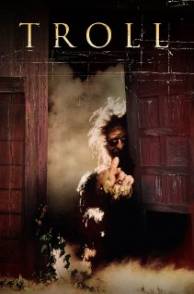Edgar Rice Burroughs’s Mars, Part 11: John Carter of Mars
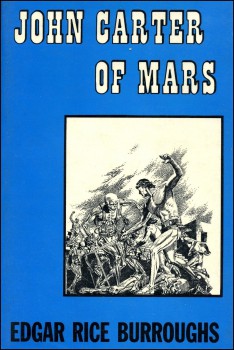 So it ends here, not with a climatic epic, but with a bit of house cleaning almost fifteen years after the author’s death. The final book in Edgar Rice Burroughs’s career-spanning Barsoom saga is a slender volume containing two unrelated novellas.
So it ends here, not with a climatic epic, but with a bit of house cleaning almost fifteen years after the author’s death. The final book in Edgar Rice Burroughs’s career-spanning Barsoom saga is a slender volume containing two unrelated novellas.
I’ve called this review series “Edgar Rice Burroughs’s Mars,” but that title is a smidgeon deceiving when discussing the two stories here. One doesn’t take place on Mars, and the other was not written by Edgar Rice Burroughs. My apologies going forward.
Our Saga: The adventures of Earthman John Carter, his progeny, and sundry other natives and visitors, on the planet Mars, known to its inhabitants as Barsoom. A dry and slowly dying world, Barsoom contains four different human civilizations, one non-human one, a scattering of science among swashbuckling, and a plethora of religions, mystery cities, and strange beasts. The series spans 1912 to 1964 with nine novels, one volume of linked novellas, and two unrelated novellas.
Today’s Installment: John Carter of Mars (1964)
Previous Installments: A Princess of Mars (1912), The Gods of Mars (1913), The Warlord of Mars (1913–14), Thuvia, Maid of Mars (1916), The Chessmen of Mars (1922), The Master Mind of Mars (1927), A Fighting Man of Mars (1930), Swords of Mars (1934–35), Synthetic Men of Mars (1938), Llana of Gathol (1941)
The Backstory
Edgar Rice Burroughs died in 1950, two years after the publication of Llana of Gathol. Two novellas from the Mars series remained orphaned, having only appeared in magazines: “The Skeleton Men of Jupiter” and “John Carter and the Giant of Mars.” It wasn’t until 1964 that Canaveral Press published them together under the deceivingly archetypal title John Carter of Mars.
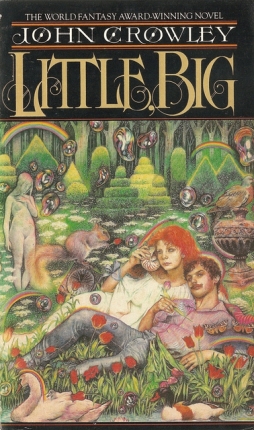 I’ve been thinking a fair bit lately about how I read what I read, and how I enjoy it. Or, what’s in it that I enjoy. It seems to me that much of the pleasure in my reading comes about from bad habits. Which is to say, habits that I can’t help but think ought to be bad, but which nevertheless feel central to the act of reading. Maybe that feeling’s an illusion; maybe it’s the secret why bad habits become habits. At any rate, I thought I’d be self-indulgent this week and throw out what I’ve come up with, as I’d love to hear if any of it resonates with anyone else’s experience of reading.
I’ve been thinking a fair bit lately about how I read what I read, and how I enjoy it. Or, what’s in it that I enjoy. It seems to me that much of the pleasure in my reading comes about from bad habits. Which is to say, habits that I can’t help but think ought to be bad, but which nevertheless feel central to the act of reading. Maybe that feeling’s an illusion; maybe it’s the secret why bad habits become habits. At any rate, I thought I’d be self-indulgent this week and throw out what I’ve come up with, as I’d love to hear if any of it resonates with anyone else’s experience of reading.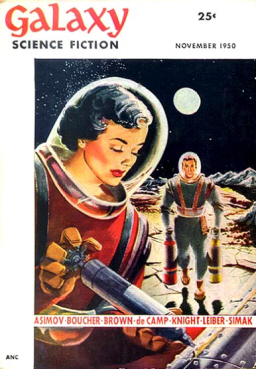
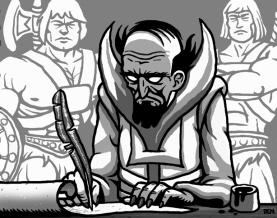 We’re slowly capturing all the online fiction we’ve published here over the past 12 years as part of our Black Gate Online Fiction series. This week we present the complete text of Alex Kreis’s “The Renunciation of the Crimes of Gharad the Undying,” one of the shortest tales to ever appear in Black Gate.
We’re slowly capturing all the online fiction we’ve published here over the past 12 years as part of our Black Gate Online Fiction series. This week we present the complete text of Alex Kreis’s “The Renunciation of the Crimes of Gharad the Undying,” one of the shortest tales to ever appear in Black Gate.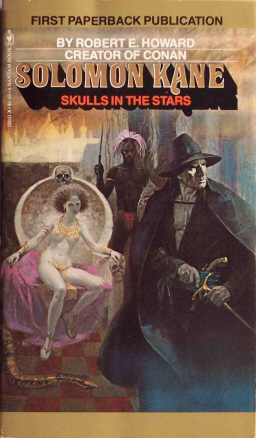
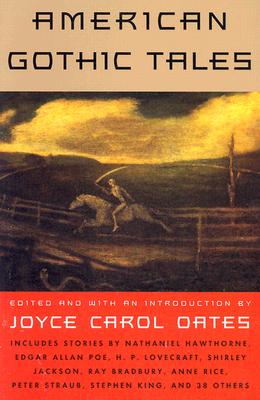

 Today, with finally a free minute between holiday commitments and work deadlines, I took a minute to hop over to Patrick Rothfuss’s blog, because I had not yet donated to the Worldbuilders charity and, as you can see on the right, Rothfuss and I (and my wife) are all pretty tight … and contemplative.
Today, with finally a free minute between holiday commitments and work deadlines, I took a minute to hop over to Patrick Rothfuss’s blog, because I had not yet donated to the Worldbuilders charity and, as you can see on the right, Rothfuss and I (and my wife) are all pretty tight … and contemplative.

